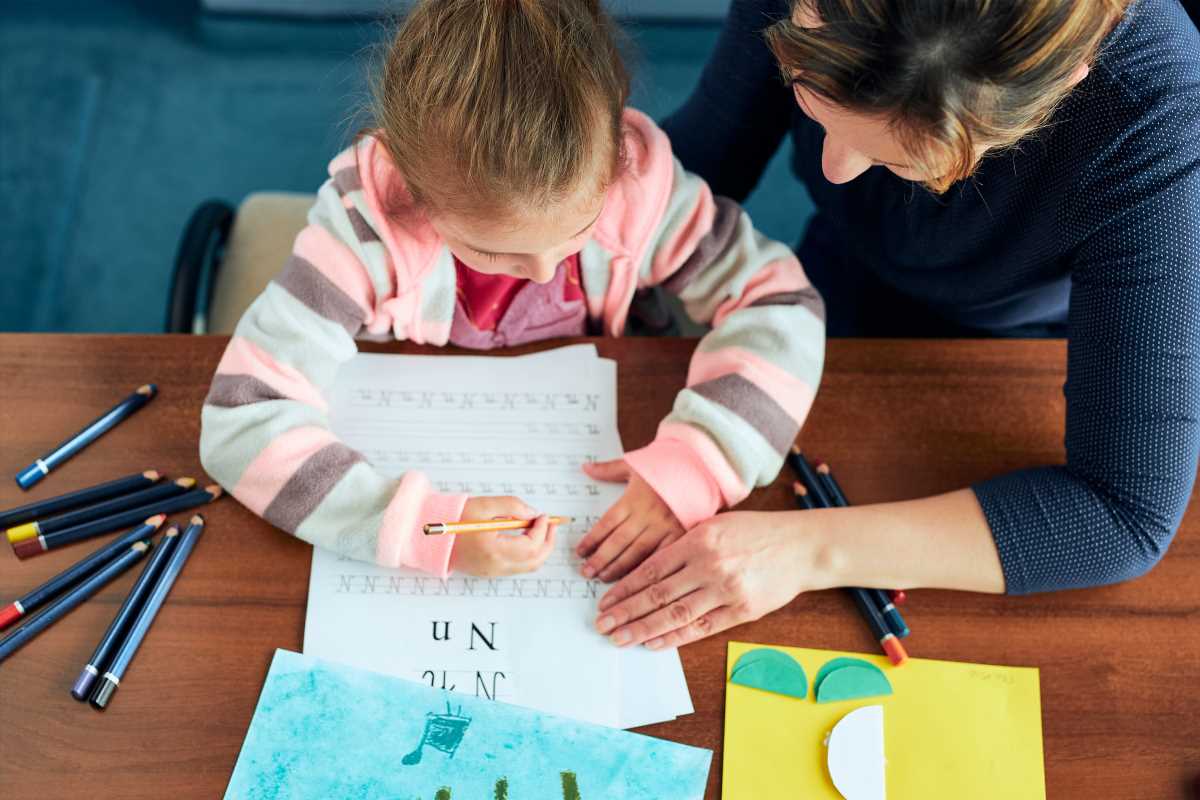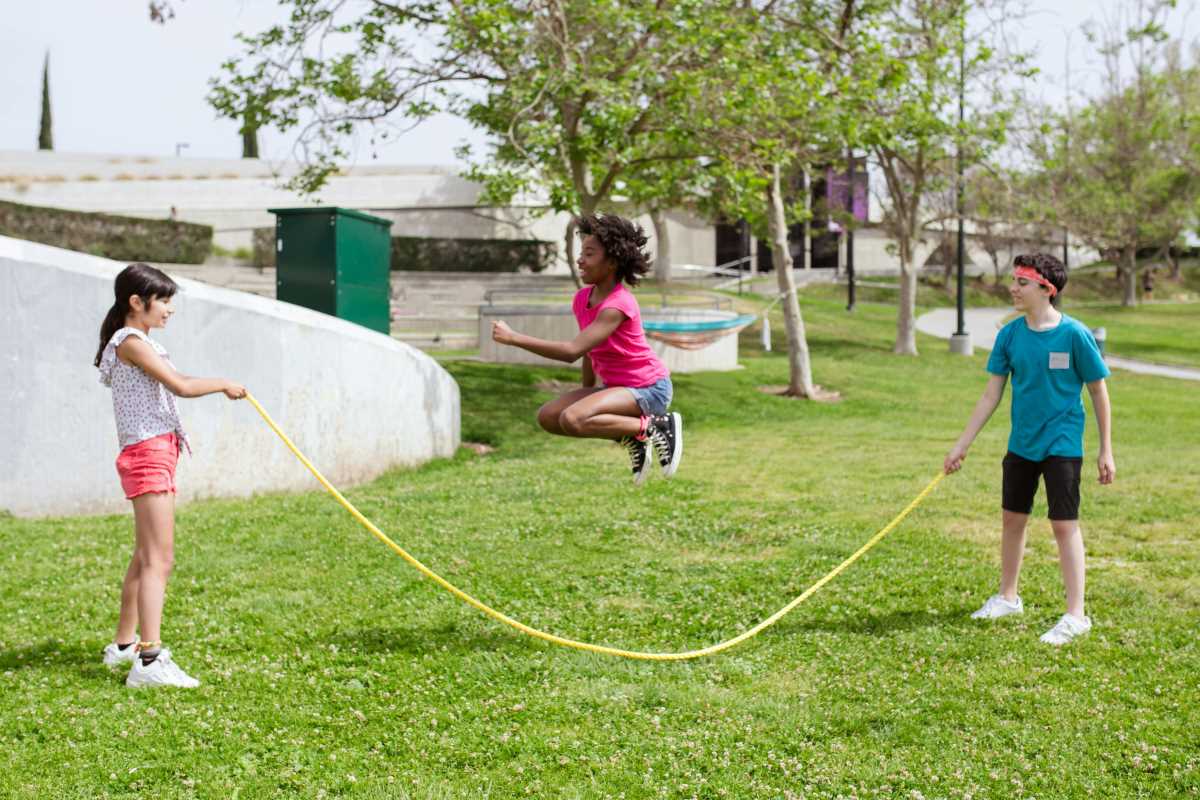Reading is much more than a school subject or a pastime. It’s the key that opens the door to imagination, curiosity, learning, and future success. But developing strong reading skills isn’t automatic, and not all kids discover their love of books right away. The good news is, with the right strategies, parents, teachers, and caregivers can help unlock any child’s reading potential and nurture a passion for books that lasts a lifetime.
This article will take you through the most effective reading strategies for kids—from the early years to elementary school and beyond. Whether you’re supporting a hesitant reader or looking to spark greater enthusiasm in a book-loving child, these evidence-based techniques are designed to build comprehension, fluency, and confidence.
Proven Success
Before we jump into hands-on approaches, it’s important to understand why reading skills are so foundational:
- Academic Success
Children who read proficiently are more likely to excel in all subjects, not just language arts. Reading impacts vocabulary, critical thinking, and overall learning.
- Empathy and Perspective
Stories introduce kids to new ideas, cultures, and experiences, helping them become more empathetic and well-rounded individuals.
- Communication Skills
Through reading, kids naturally develop their vocabulary and learn to express ideas more clearly.
- Lifelong Benefits
Readers become learners for life. Early reading abilities are connected to future employment and quality of life.
Understanding the Stages of Reading Development
Kids don’t all develop reading skills at the same pace. However, most follow these general stages:
- Emergent Readers (Ages 0–5)
At this stage, kids are learning about sounds, letters, and basic concepts of print. They love being read to and exploring picture books.
- Early Readers (Ages 5–7)
Children begin to decode simple words, recognize sight words, and understand that letters represent sounds.
- Transitional Readers (Ages 7–9)
Here, kids move from learning to read to reading to learn. They develop reading fluency and can tackle short chapter books.
- Fluent Readers (Ages 9+)
Children can read independently, analyze texts, and make complex connections between ideas.
Every stage brings its own challenges and opportunities, so the best reading strategies adapt to the child’s current needs.
Core Strategies for All Ages
1. Read Aloud Every Day
Reading aloud is powerful—even for older kids who can already read on their own. It introduces children to new vocabulary, exposes them to stories beyond their current reading level, and models expressive, fluent reading.
Tips for Success:
- Choose books that both you and your child find interesting.
- Use different voices for characters to make the story come alive.
- Pause to ask questions and discuss what’s happening.
- Don’t be afraid to reread favorites; repeated exposure strengthens comprehension.
2. Build a Reading Routine
Consistency is key. Carve out dedicated reading times every day, whether it’s before bed, after school, or during a quiet morning hour.
- Create a cozy reading space with comfy chairs and good lighting.
- Keep a basket of books within easy reach.
- Allow your child to help choose what and when you read together.
3. Make Reading Interactive
Reading should be a conversation, not a solo act. Encourage active participation by:
- Asking open-ended questions like, “What do you think will happen next?” or “How would you feel if you were the character?”
- Inviting your child to retell the story in their own words.
- Acting out scenes, drawing pictures, or making crafts related to the book.
4. Explore Different Genres and Formats
Not every child is drawn to traditional fiction. Expose them to a range of genres:
- Picture books and graphic novels
- Nonfiction and biographies
- Poetry, joke books, and magazines
- Audiobooks and podcasts
Diversity of materials can ignite a new passion or cater to a child’s current interests.
Phonics and Decoding
Helping Kids “Sound It Out”
A big milestone for early readers is learning to connect letters with sounds and blend those sounds to form words. Strong phonics instruction is essential for decoding unfamiliar words.
- Introduce the alphabet and phonemic awareness with playful songs and rhymes.
- Use letter tiles or magnets to build and manipulate words.
- Play word games that focus on beginning, middle, and ending sounds.
- If a child gets stuck, encourage them to try breaking a word into smaller parts.
Sight Words and High-Frequency Words
Some words just can’t be “sounded out”—think “the,” “was,” or “said.” These high-frequency words are often best learned by sight.
- Create flashcards or play memory games using sight words.
- Post a “word wall” with new words your child is learning.
- Practice writing sight words during creative activities or games.
Building Comprehension
Going Beyond the Words
Reading isn’t just about decoding words; it’s about understanding meaning. Here are some ways to support comprehension:
Pre-Reading
- Look at the cover and illustrations. What do you think the book is about?
- Make predictions and connections with past experiences.
During Reading
- Pause regularly to check for understanding.
- Ask about the main characters, setting, and plot.
- Model making inferences and connections (“This reminds me of…”).
After Reading
- Discuss the book’s message or lesson.
- Encourage summarizing the story and sharing opinions about it.
- Compare the book to others the child has read.
Encourage Visualizing
Teach kids to “make a movie in their minds” as they read. Encourage them to create mental images of characters, settings, and actions, or to draw what they imagine.
Fostering Fluency
Fluency is the ability to read smoothly, accurately, and with expression. It’s crucial for understanding text and enjoying reading.
- Echo read (you read a sentence, your child repeats).
- Choral read together.
- Practice repeated readings of favorite passages.
- Use poetry or scripts to encourage expressive reading.
Fluency often develops through practice and exposure rather than isolated drills.
Raising Reluctant Readers
Turning “I Don’t Like Reading” into “One More Chapter, Please”
Some kids resist reading for a variety of reasons. Here’s how to help:
- Find books related to their hobbies (sports, animals, magic, etc.).
- Choose shorter texts or those with more pictures to start.
- Share audiobooks to remove some pressure and demonstrate that all storytelling counts.
- Avoid turning reading into a chore or punishment.
- Celebrate progress, no matter how small.
Sometimes, reluctance stems from underlying challenges like dyslexia or ADHD.An error occurred during generation. Please try again or contact support if it continues.







